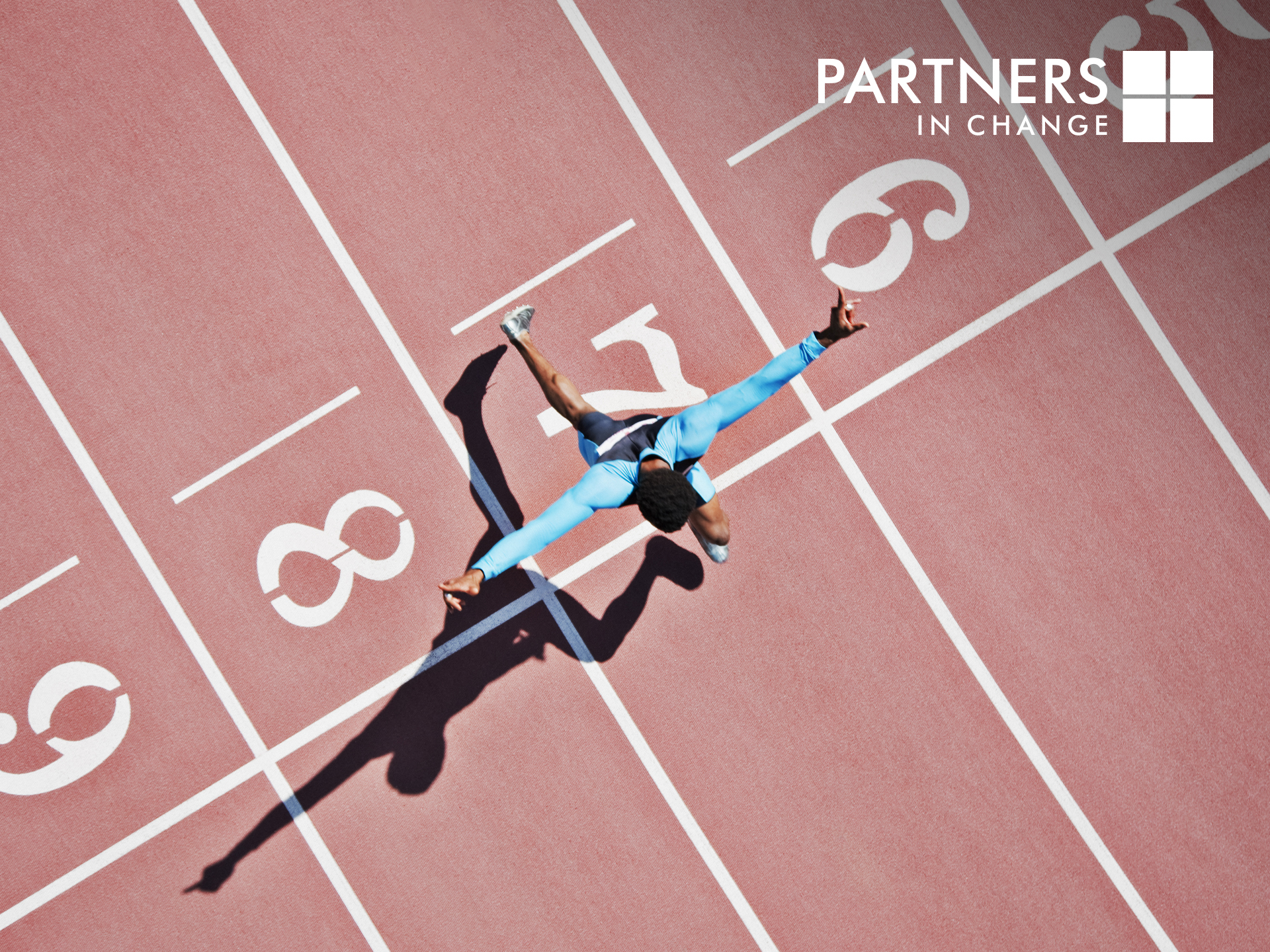
In this guest article written by leadership expert Jonny Man, he explores the future of change leadership in light of the challenges posed by the pandemic-triggered ‘great acceleration’ and the ‘fourth industrial revolution’.
I recently had the chance to speak with a range of senior executives to hear their views on the future of change, and the capabilities that will underpin how an organisation leads and navigates change to retain its agility and relevance in a post-COVID/4IR world.
Across all these discussions one clear common message emerged – leading successful change in the future will require an upgrade to the change management skill set we understand today.
Specifically, these conversations pointed to a need for a significant upgrade in change leadership and execution skills, as well as a shift in ways-of-working that accelerate and align delivery across the organisation.
In essence, respondents described the convergence of leadership, change management and line management, together with the internalisation of the change capability, as ‘BAU’.
Covid and the ‘Great Acceleration’
For some years now the idea that business change is a constant has been widely discussed. Relatively few companies however have successfully re-organised or upskilled to reflect this emerging reality. The Covid pandemic seems likely to be a tipping point; it is suggested that a ‘great acceleration’ has occurred – twelve months of pandemic has accelerated consumer and employee behavioural trends by up to ten years.
As a result, the change challenge for every business is now greater than ever as organisations seek to catch up with new wants, needs and preferences (for customer, client and employees) without losing ground on competitors.
Change as ‘business as usual’
Earlier in my career I was fortunate to work on the planning, organisation and delivery of three separate Olympic Games (Athens 2004, London 2012 and Rio 2016). They were fantastic projects to be a part of and, working under the intense pressure that global events bring, I was able to observe some brilliant leaders in action. On reflection, the BAU of the Olympics is necessarily a process of constant change.
One of the unusual features of a well-run Olympic project is the extraordinary versatility required of its senior leaders. As I discussed the future of change leadership with leaders representing a range of industries, I often found myself describing the characteristics of the leaders I encountered as part of my time helping to bring the games to life.
The Olympics Hothouse
Olympics projects have distinct phases, and each phase demands that the organisation has specific and distinct capabilities. In turn these phases ask that the leadership express different skills and behaviours at different stages in the Olympic life cycle, the entirety of which are – traditionally at least – rarely found in one individual.
Stage 1: Winning the Bid
This stage is about corralling diverse stakeholders around an exciting vision and getting the bid over the line. World class stakeholder engagement builds energy, enthusiasm and excitement around the big vision. Detailed feasibility studies are utilised to build confidence and comfort in judges and international stakeholders that the host city can indeed deliver. This stage demands leaders show up as extrovert, high energy, enthusiastic, confident, with fantastic communication and negotiation skills.
Stage 2: Design and Build
Once the games have been secured, the emphasis shifts to an inward focus. Ever more detailed operational planning, scheduling, budgeting, and issue resolution ensue. The organisation begins to scale, with a relentless stream of new hires continuously taken on and onboarded. This stage demands a different set of skills. Those same leaders now must show their ability to manage detail; align complex dependencies; manage multiple risks – financial, operational, reputational, etc; and inspire an organisation through an intimidating complexity of plans, budgets, schedules, etc. in order to be 100% ready for an immovable launch date on which $billions of investments depends.
Stage 3: Run and Operate
With the games ready to go live, the leadership task is further expanded, encompassing the running of a hugely complex and volatile operation, with day-to-day control and operational interlock, the management and motivation of frontline employees (including an army of short-contract, volunteer staff), at the same time understanding and taking responsibility for the delivery of the visitor (customer) experience.
Do you think the skill set described in the three stages above cover everything needed to successfully lead future change, or is there more to add? Has the shock of the pandemic, in parallel with the demands of the 4IR, created a need for new skills, above and beyond those I observed across my Olympic experiences?



Recent Posts